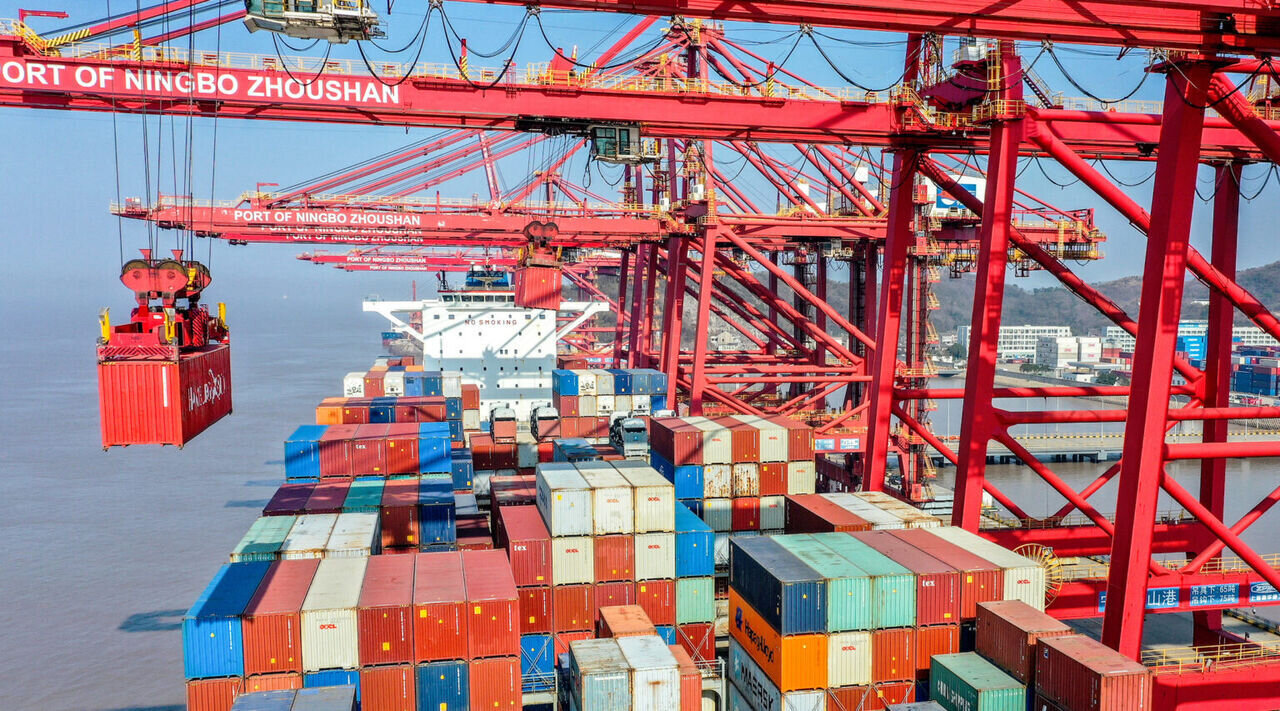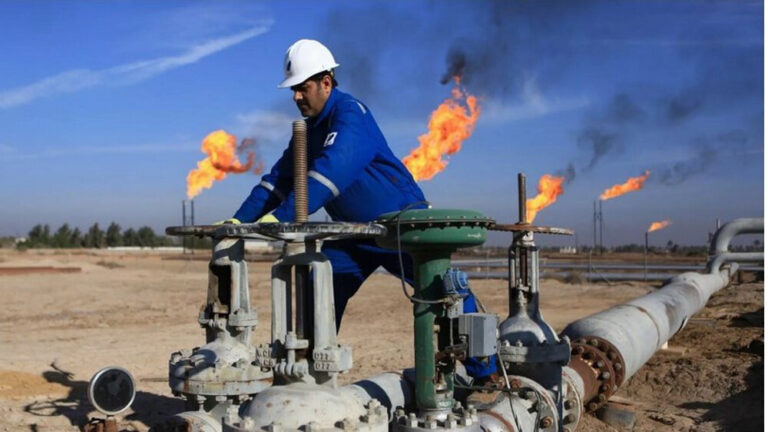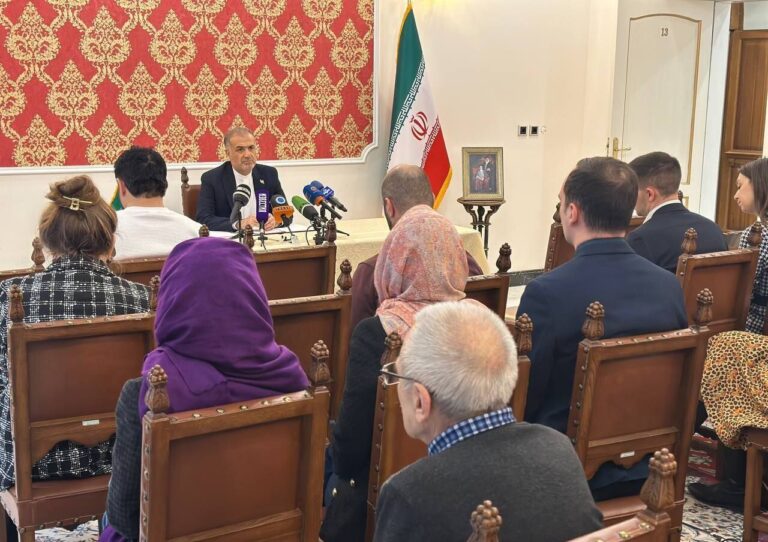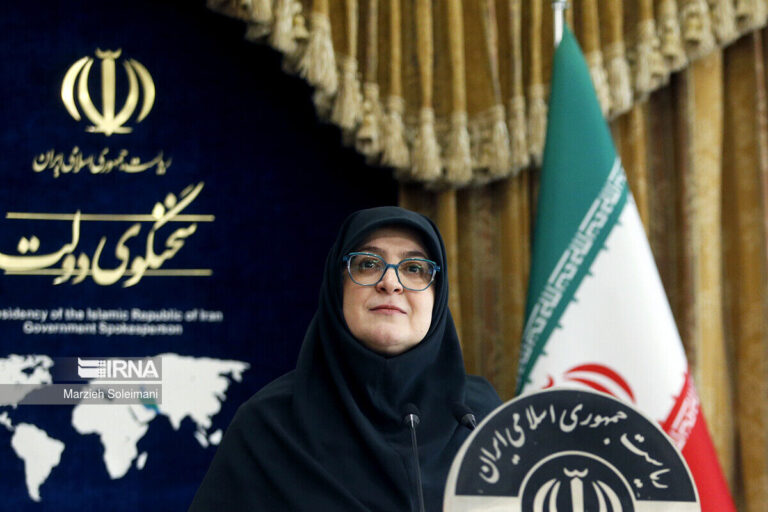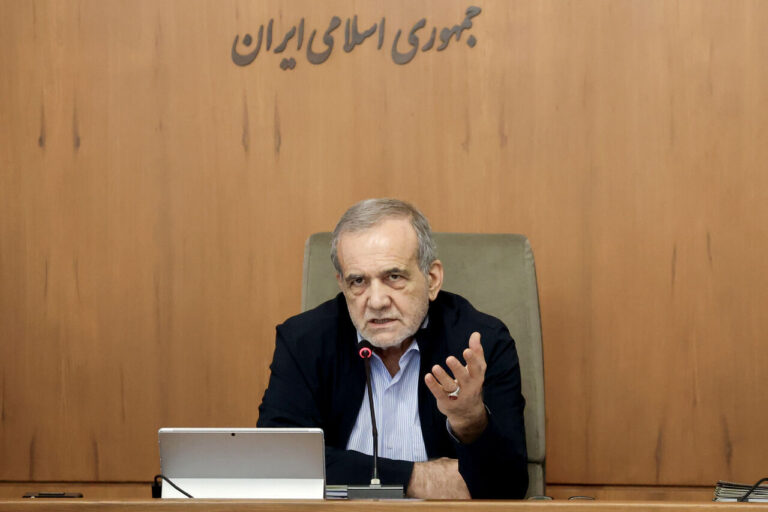Iran’s Non-Oil Exports to Saudi Arabia Surge by 10,000%: A Trade Revolution!
In a remarkable turn of events, Iran’s exports have surged dramatically, marking an impressive increase from $235,672 in the previous year to a staggering $23.319 million in the current Iranian calendar year. This notable growth has been attributed to various factors, as reported by Rouhollah Latifi, the Spokesman for the International Relations and Trade Development Committee of Iran’s House of Industry, Mining, and Trade.
According to Latifi, this increase represents a jaw-dropping 9,795 percent hike. Such a leap in export figures indicates a robust recovery and growth in Iran’s trading capabilities, showcasing the nation’s potential in the global market.
Furthermore, Latifi highlighted that during the first nine months of the current Iranian calendar year, which spans from March 21 to December 22, 2024, Iran imported 15.5 tons of various mono-butyl ether—a chemical compound—valued at $33,843 from Saudi Arabia. This import is part of a larger pattern of trade activities between the two neighboring countries.
He also pointed out that many of the goods exchanged between Iran and Saudi Arabia are often reexported through third-party countries. These countries include:
- Iraq
- United Arab Emirates (UAE)
- Kuwait
- Qatar
- Oman
This reexportation strategy is significant as it enables both nations to navigate international trade channels more effectively, potentially circumventing any trade restrictions directly imposed between them.
In addition to these trade figures, Latifi’s statements shed light on the broader implications of Iran’s export growth. It indicates a revival in economic activities and the potential for further expansion in the coming months. As Iran continues to engage in trade with neighboring countries, it also opens up avenues for collaboration and economic partnerships.
The shift in export dynamics not only reflects on the economic front but also has geopolitical implications. The strengthening of trade relations could pave the way for improved diplomatic ties, which have historically faced challenges. Enhanced cooperation in trade may lead to mutual benefits that extend beyond mere economic transactions.
As the Iranian economy seeks to stabilize and grow, the remarkable increase in exports will likely play a crucial role in shaping the nation’s economic landscape. Here are some potential benefits of Iran’s export growth:
- Economic Stability: Increased exports can lead to enhanced revenue, contributing to overall economic stability.
- Job Creation: As trade expands, new job opportunities may arise in various sectors, including manufacturing and logistics.
- International Relations: Strengthened trade relationships can foster better diplomatic ties with other nations.
- Diversification: A boost in exports may encourage Iran to diversify its economy, reducing dependency on a limited number of products.
Moreover, the current export figures indicate a growing confidence among Iranian industries to engage in international markets. Businesses are beginning to adapt to the challenges posed by global trade dynamics, and this adaptability is critical for sustained growth. As Iran continues to navigate its economic landscape, the focus will likely remain on maximizing export opportunities while ensuring compliance with international trade regulations.
In conclusion, the significant rise in Iran’s exports to $23.319 million reflects a dynamic shift in the country’s trade performance. This development not only underscores the resilience of the Iranian economy but also highlights the potential for enhanced economic relations with neighboring countries. As Iran moves forward, monitoring these trade patterns will be essential to understanding the broader implications for its economic future.
